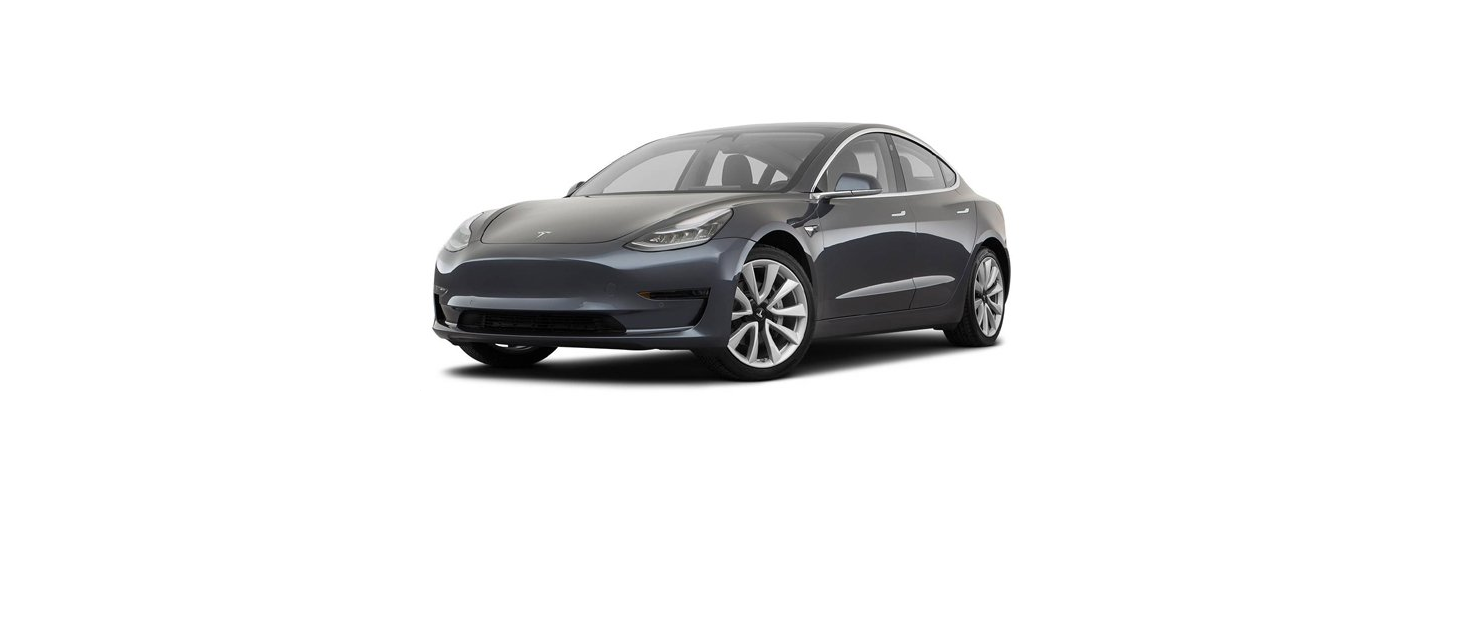Warning
All occupants, including the driver, should always wear their seat belts, whether or not an airbag is also provided at their seating position, to minimize the risk of severe injury or death in the event of a collision. Front-seat occupants should not place their arms over the airbag module, as an inflating airbag can cause fractures or other injuries. Do not use seat covers on Model 3. Doing so could restrict the deployment of the seat-mounted side airbags if a collision occurs. It can also reduce the accuracy of the occupant detection system if equipped. Airbags inflate with considerable speed and force, which can cause injury. To limit injuries, ensure that occupants are wearing seat belts and are correctly seated, with the seat positioned as far back as possible. The National Highway Traffic Safety Administration (NHTSA) recommends a minimum distance of 10″ (25 cm) between an occupant’s chest and an airbag. Children should not be seated on the front passenger seat unless permitted by regulations in your market region. Follow all regulations in your region for the appropriate way to seat a child based on the child’s weight, size, and age. The safest place to seat infants and young children is in a rear seating position. Seating an infant or child in a rear-facing child restraint system o a seat equipped with an operational airbag can cause serious injury or death Do not use a rear-facing child safety seat on a seat with an operational airbag in front of it. Doing so can cause injury or death if the airbag inflates. To ensure correct inflation of the side airbags, maintain an unobstructed gap between an occupant’s torso and the side of Model 3. Passengers shouldn’t lean their heads against doors. Doing so can cause injury if a curtain airbag inflates. Do not allow passengers to obstruct the operation of an airbag by placing feet, knees or any other part of the body on or near an airbag. Do not attach or place objects on or near the front airbags, the side of the front seats, the headliner at the side of the vehicle, or any other airbag cover that could interfere with inflation of an airbag. Objects can cause serious injury if the vehicle is in a collision severe enough to cause the airbag to inflate. Following inflation, some airbag components are hot. Do not touch until they have cooled.






